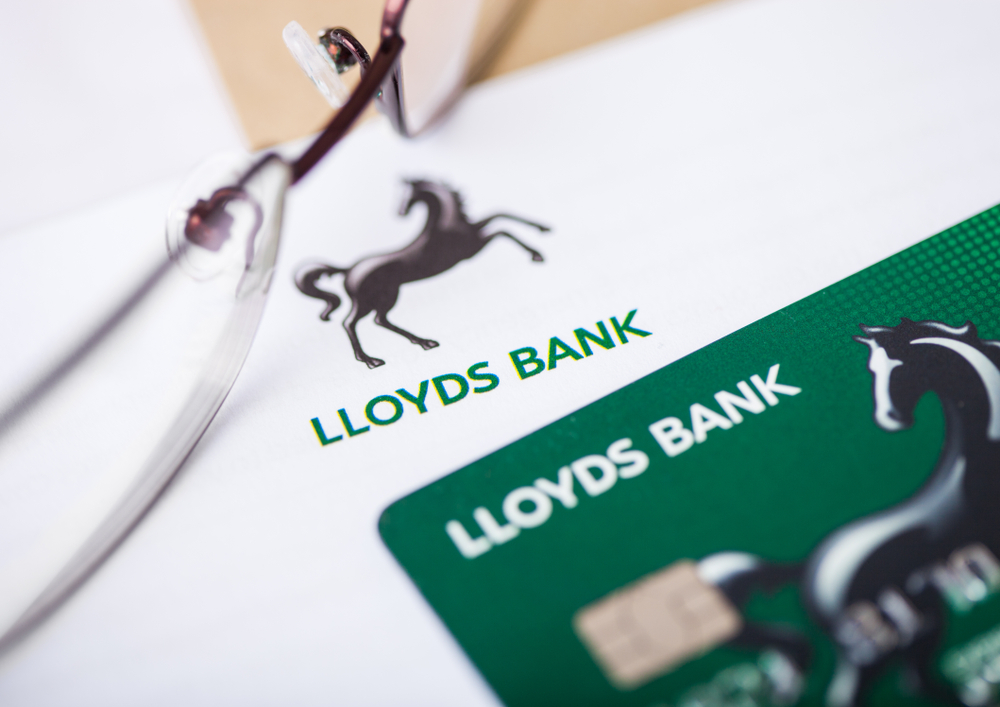An unfortunate couple recently fell prey to a bank impersonation scam, resulting in a loss of over £25,000. The fraudsters convinced them that their credit card had been used to make suspicious purchases and advised them to cancel it immediately.
Understanding Bank Impersonation Scams
The couple received a call from someone claiming to be David Gray from Lloyds bank, who briefed them about irregularities detected in their joint bank account. To gain their trust, Mr Gray provided details of recent credit card transactions and advised them to contact a member of the banking security team to rectify the issue.
The couple followed Mr Gray’s advice and called the number provided, where they were advised by someone claiming to be from the Lloyds banking security team. The person informed them that the only way to keep their money safe was to move it to another account. Despite feeling uneasy about the decision, the person on the phone was very persuasive, and they eventually transferred their money to a Metro Bank account provided by the fraudster.
Fraud Refunds: How Banks Handle Cases of Fraud
After realising that they had fallen for a scam, the couple spent hours on the phone with Lloyds trying to rectify the situation, but to no avail. It took several months for a senior complaints manager to get in touch and inform them that they would receive a full refund plus an extra £500 for the inconvenience caused.
Receiving a swift refund from a bank is a rare occurrence, as it usually involves a complex process of investigation and verification. The victim, in this case, was fortunate to receive a full refund plus additional compensation of £500 for the inconvenience caused. However, not all victims of bank fraud are as lucky, and the process of recovering money lost to fraud can take months or even years.
Common Techniques Used in Bank Fraud
As fraudsters become increasingly sophisticated in their methods, fraud prevention has become more critical than ever. Cybercriminals can use various techniques, such as phishing, smishing, and vishing, to steal personal information and trick victims into transferring money to their accounts.
Banks, credit card companies, and other financial institutions have implemented various measures to prevent fraud, such as two-factor authentication, transaction monitoring, and fraud detection systems. However, fraud prevention is not solely the responsibility of banks and financial institutions. Individuals must know the risks and take the necessary precautions to protect themselves from fraud.
Tips for Staying Safe from Fraud
Some simple steps that individuals can take to prevent fraud include being cautious of unsolicited phone calls and emails, not disclosing personal information, using strong passwords and changing them regularly, and regularly monitoring their bank accounts for any suspicious activity.
It is important to remember that a bank or building society will never ask you to move money anywhere for any reason. This incident highlights the importance of fraud prevention knowledge. The couple could have easily avoided this scam if they had known this basic fact. This incident serves as a warning to everyone to be vigilant and cautious regarding financial transactions. Always verify the authenticity of any phone calls or emails claiming to be from your bank or building society. It is better to be safe than sorry.
The rise of technology has made it easier for fraudsters to carry out their crimes, and individuals must take the necessary precautions to protect themselves from such scams. Banks and financial institutions have also implemented measures to prevent fraud, but individuals must also take responsibility for their own safety. Individuals can protect themselves from falling prey to bank impersonation scams and other fraudulent activities by being vigilant and cautious.



